Night Hikes Teach Kids Courage, Confidence, And Calm—Here Are 7 Tips To Begin

Walking in the dark might seem intimidating at first, but it’s one of the simplest and most effective ways to help kids grow braver. Night hikes give children a safe space to face the unknown, build trust in themselves, and gain confidence with every step.
As they listen closely, move carefully, and adapt to low light, they start to realize they’re capable of more than they thought. It’s not just about exploring nature—it’s about building courage that sticks with them long after the hike is over.
1. Choose The Right Trail For Beginners
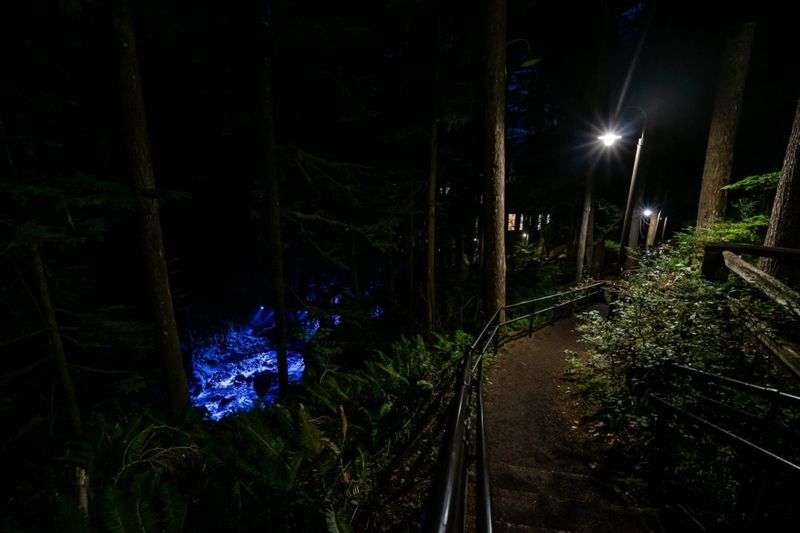
Familiar paths transform magically after sunset. For your first adventure, select a loop trail under one mile with minimal elevation changes and clear markers.
Check park websites for trail conditions and closing times before heading out. The perfect starter trail should be well-maintained and ideally have some open areas where moonlight can filter through.
2. Time It Just Right (And Don’t Start Too Late)

Golden hour provides the perfect transition from day to night. Begin your expedition about 30 minutes before sunset to allow everyone’s eyes to adjust gradually as darkness falls.
Keep first outings under an hour total to prevent overtired meltdowns. This timing sweet spot lets kids experience both twilight magic and true darkness without becoming exhausted.
3. Bring The Right Gear
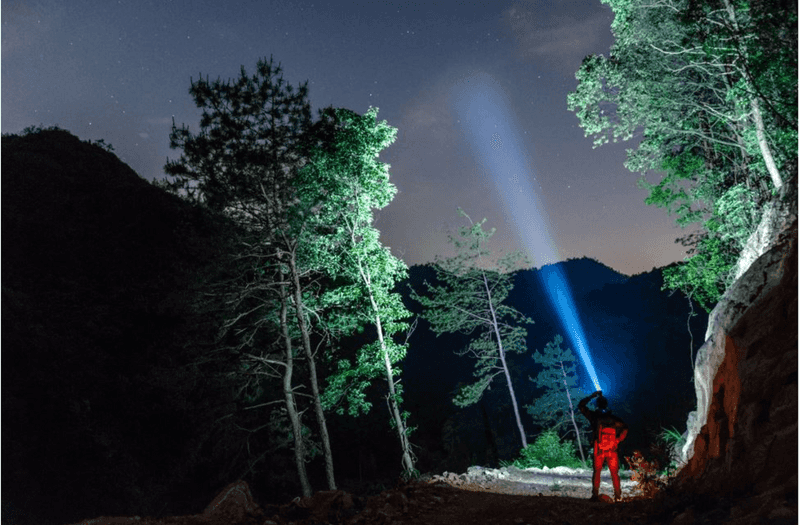
Headlamps free up little hands for exploration and prevent dropped flashlights. Pack an extra layer for each person since temperatures drop surprisingly fast after sunset.
Warm drinks in thermoses and energy-boosting snacks create mid-hike celebration moments. Don’t forget a basic first-aid kit, whistle, and backup batteries—preparedness builds confidence for both parents and kids.
4. Talk About What To Expect Before You Go
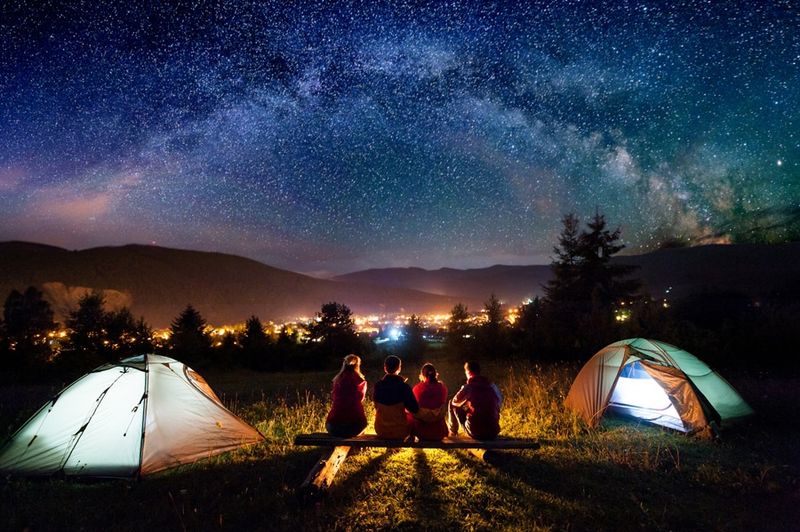
Curiosity replaces fear when kids understand what’s happening around them. Before leaving home, discuss normal nighttime forest sounds and why eyes need time to adjust to darkness.
Role-play calming techniques like deep breathing if something startles them. Honest preparation—acknowledging it might feel scary sometimes—actually reduces anxiety and builds trust between you and your little adventurers.
5. Make It Fun, Not Scary
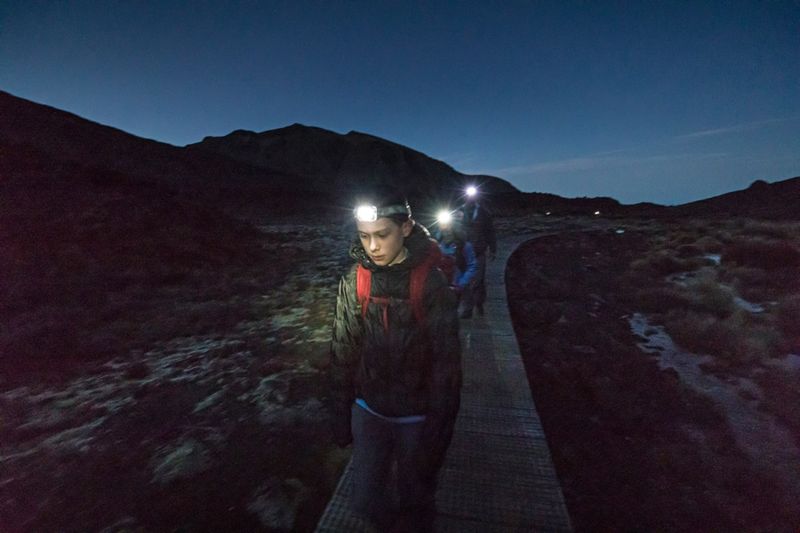
Stargazing breaks transform ordinary walks into cosmic explorations. Pack a constellation guide and challenge kids to spot the Big Dipper or Orion’s Belt.
Quiet games like “What’s That Sound?” sharpen listening skills while normalizing forest noises. Glow sticks can mark the trail or create glowing bracelets that add festive energy. The more playful the experience, the more likely kids will associate darkness with wonder instead of worry.
6. Encourage Observation And Curiosity
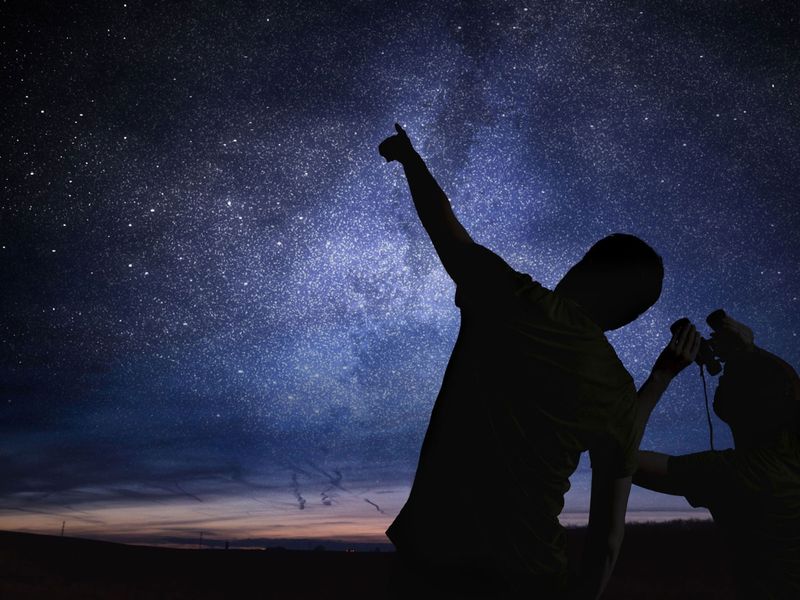
Night hikes give kids a chance to experience nature in a completely new way—and using their senses makes it even more exciting. Encourage them to stay quiet for a moment and listen. Can they hear crickets, frogs, or maybe an owl in the distance?
Bring along a simple star map or app to help them spot constellations and track the moon. Ask how the trail smells or feels compared to daytime. The cooler air, damp earth, or rustling leaves all offer clues that the environment changes at night. Turning the hike into a mini adventure of noticing builds confidence and helps them feel more connected to the outdoors.
7. Reflect On The Experience Together
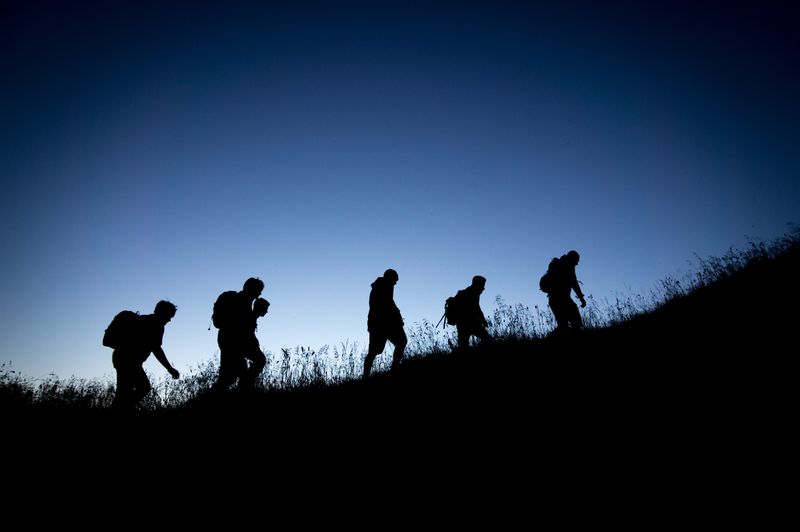
Once you’re back at the trailhead—or even in the car or at home—take a few minutes to talk about how it went. Ask your kids what they liked most, what surprised them, or if anything felt uncomfortable. Reflecting together helps them process the experience and recognize their own bravery.
It’s also a chance to discuss what they might want to try next time, like going a little farther or bringing a friend along. These conversations turn a simple walk in the dark into a meaningful step toward building resilience and self-trust.
